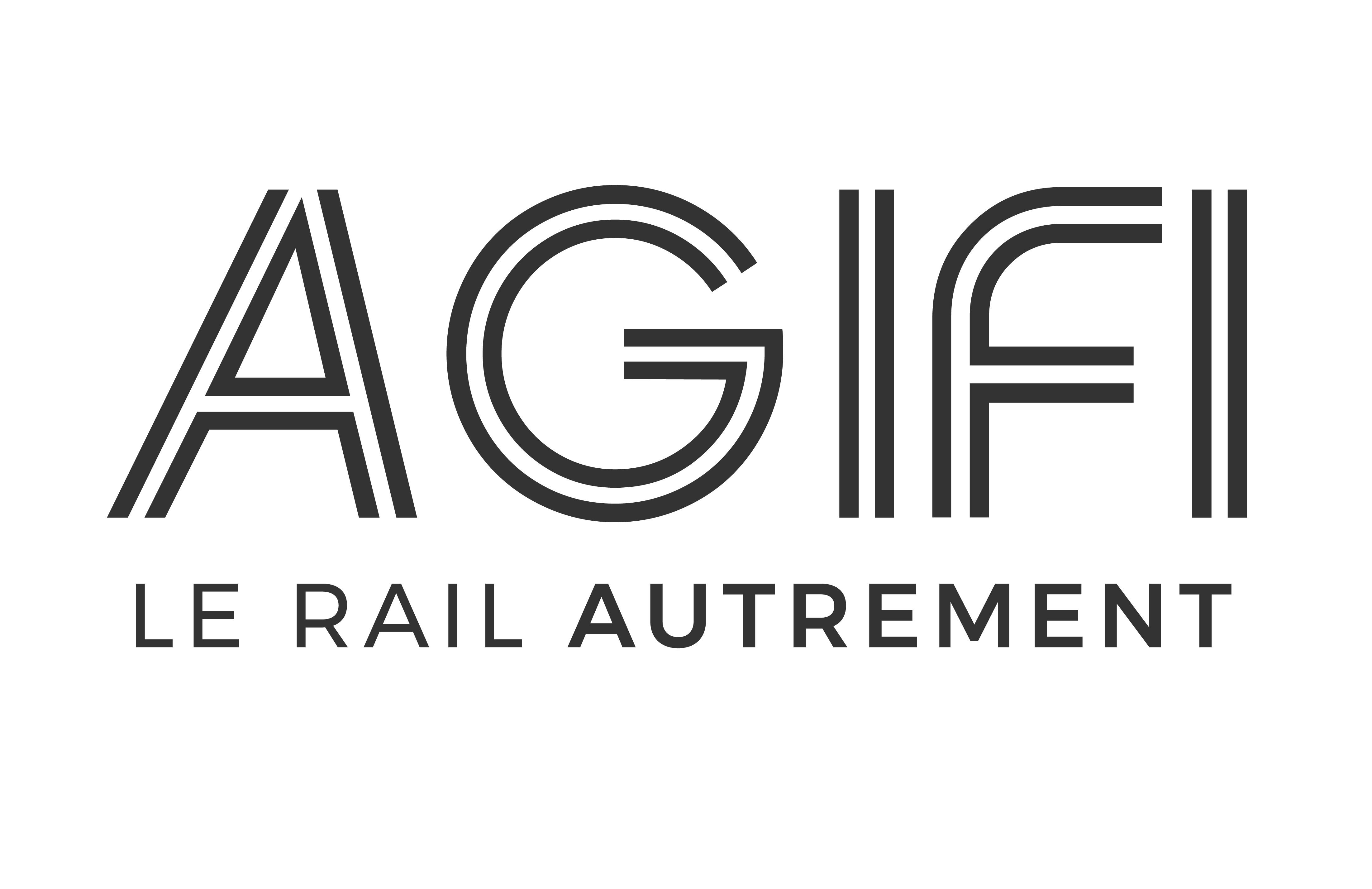AGIFI members are committed to ensuring their infrastructure makes a positive socio-economic contribution. Their projects have improved national and regional transport options to benefit passengers and local communities.
As key players and stakeholders in local communities, they contribute to discussions and make specific proposals to offer better and more consistent mobility services by improving infrastructure use.


